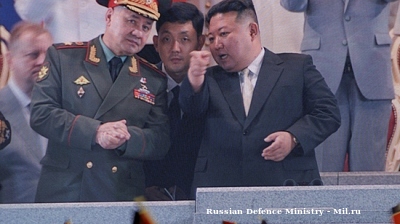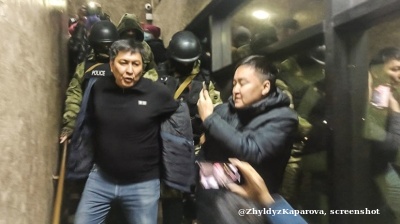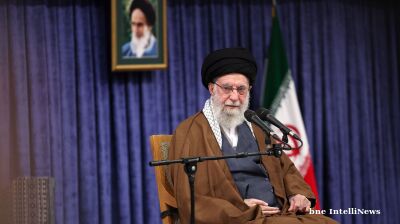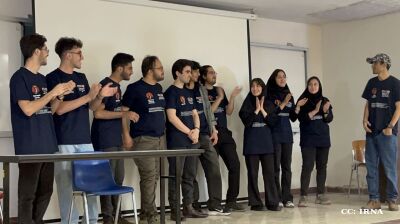A wave of street protests driven by anger at the death of Mahsa Amini—who last week died after being arrested by the Tehran morality police for not complying with rules on how to wear a hijab head covering—took place across Iran on September 19. Police used tear gas and water cannons to disperse crowds.
“Guidance patrol” police officers were accused of beating Amini, who fell into a coma and was declared brain-dead prior to her death on September 16. Officials denied there was any beating, saying Amini suffered heart problems, but relatives denied that she had any such health difficulties. Amateur video footage shot at Amini’s September 17 funeral in her hometown of Saghez, in Iran’s Kurdistan province, showed mourners chanting “Death to the Dictator”, as well as women taking off their headscarves in a gesture of protest. A photograph of Amini's gravestone was published on social media. Its inscription reads: "You didn't die. Your name will be a code [rallying call]."
As September 19 progressed, there were unverified social media claims of large-scale protests in several cities, with security forces overwhelmed in places and some members of the Basij, a paramilitary volunteer militia, beaten. As has become usual in Iran during any substantial protests, there were reports of the internet going offline or becoming chronically slow in various locations, with officials suspected of throttling the internet in an attempt at hindering the communications of demonstrators attempting to spread the protests.
Unverified footage showed people shouting anti-government slogans near administrative buildings, women taking off their headscarves and throwing them up in the air and an attack on police in Tehran. From the northern city of Rasht, there were unconfirmed scenes of people attacking riot police on the main boulevard, with security forces running in retreat.
Businesses and shopkeepers in cities in the provinces of Kurdistan, West Azerbaijan, and Alborz went on strike and closed their shops in protest at Amini's death despite threats by authorities, Radio Farda reported.
A flash mob in support of Iranian women was announced on social networks, with women shown on camera burning garments and cutting their hair.
RFE/RL has reported that Puran Nazimi, a human rights activist, has challenged Iranian authorities to release security camera footage to prove Amini was not beaten by morality police. Authorities launched probes into her death following a demand by President Ebrahim Raisi, state media reported.
The hijab head covering worn by Muslim women was made compulsory in public for Iranian women and girls over the age of nine following Iran’s 1979 Islamic Revolution. Many in Iranian society, both religious and non-religious, have persistently complained that to harass women over the wearing of the hijab is not in line with Iranian culture.
Lately, the head of Iran's judiciary, Gholamhossein Mohseni-Ejeie, suggested that foreign powers were behind a campaign against the compulsory wearing of the hijab. He instructed intelligence agencies to find the "hands behind the naked veil".
News

North Korea fires cruise missiles to mark Trump's arrival in the South
State media framed the launch as a reminder of North Korea’s military strength to what it described as its enemies. The launch does not breach United Nations restrictions, since the rules prohibit ballistic missile testing, not cruise missiles.

Singapore PM Lawrence Wong heads to APEC in bid to deepen Seoul ties
The visit will be Wong’s first trip to South Korea since he assumed office in May 2024, and the first by a Singaporean prime minister since 2019 – in part to recognise the 50th anniversary of diplomatic relations between the two nations.

US–South Korea investment deal on ice – for now
After a triumphant round of investment pledges in Tokyo, Donald Trump’s state visit to South Korea presents a far more challenging negotiation.

Kyrgyzstan bans three media titles as “extremist organisations”
Populist-nationalist president Sadyr Japarov, due to meet Donald Trump next week, denies introducing authoritarian controls.




